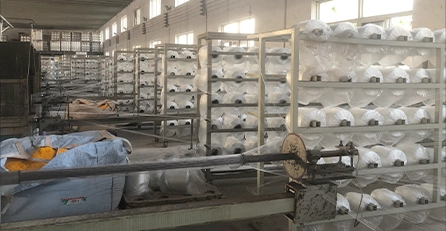hvac vacuum hoses
Understanding HVAC Vacuum Hoses Essential Components for Efficient Systems
HVAC (Heating, Ventilation, and Air Conditioning) systems are vital for maintaining comfort in residential and commercial buildings. Among the many components that make these systems function smoothly, vacuum hoses play a crucial role, particularly in the maintenance and repair processes. This article explores the significance of HVAC vacuum hoses and offers insights into their functionality and best practices.
What Are HVAC Vacuum Hoses?
HVAC vacuum hoses are specialized tubing that transports refrigerants and other gases in and out of HVAC systems. They are designed to withstand extreme temperatures and pressures, ensuring efficient and safe operation. Typically made from durable materials such as rubber or synthetic polymers, these hoses facilitate the evacuation of air and moisture from the HVAC system when it undergoes maintenance.
The Importance of Vacuum Hoses
During HVAC maintenance, it is essential to remove air and moisture from the refrigerant lines. Any trapped air or moisture can lead to system inefficiency, decreased cooling or heating performance, and potential damage to the compressor. This is where vacuum hoses come into play. They connect to vacuum pumps that create a low-pressure environment, allowing any residual air and moisture to be removed effectively.
Choosing the Right Vacuum Hose
When selecting HVAC vacuum hoses, several factors should be taken into consideration
hvac vacuum hoses

1. Diameter and Length Ensure that the hoses fit properly with the vacuum pump and the HVAC system. A hose that is too long or has an incorrect diameter can hinder effective evacuations.
2. Material Choose hoses made from high-quality materials that can resist wear and thermal stress. This is crucial for maintaining the integrity of the system.
3. Flexibility and Durability Opt for hoses that are both flexible and durable, allowing technicians to maneuver them easily during maintenance tasks without the risk of kinking or breaking.
Best Practices for Usage
To maximize the performance and lifespan of HVAC vacuum hoses, follow these best practices
- Regular Inspections Check hoses for wear, cracks, or leaks before use. - Proper Storage Store hoses in a cool, dry place away from direct sunlight to prevent degradation. - Avoid Overextension Do not stretch the hoses beyond their intended capacity to prevent damaging the material.
Conclusion
HVAC vacuum hoses are indispensable parts of any HVAC maintenance toolkit. Understanding their functionality and adhering to best practices ensures that HVAC systems operate efficiently, enhancing comfort and longevity. Whether you are a technician or a homeowner, recognizing the importance of these hoses can lead to better system performance and reduced repair costs over time.
-
Top Quality Oxy Acetylene Hoses for Sale Fit for Welding DemandsNewsJul.28,2025
-
The Future of Pneumatic Air Tubes in IndustryNewsJul.28,2025
-
Superior and Reliable LPG Hose Pipe Solutions for Every NeedNewsJul.28,2025
-
Exceptionally Durable and Versatile Premium Braided PVC TubingNewsJul.28,2025
-
Best Adapters for Connecting Garden Hose to PVC Pipe ConnectionsNewsJul.28,2025
-
The Essential Role of LPG Hoses in Safe and Efficient Gas DistributionNewsJul.16,2025














